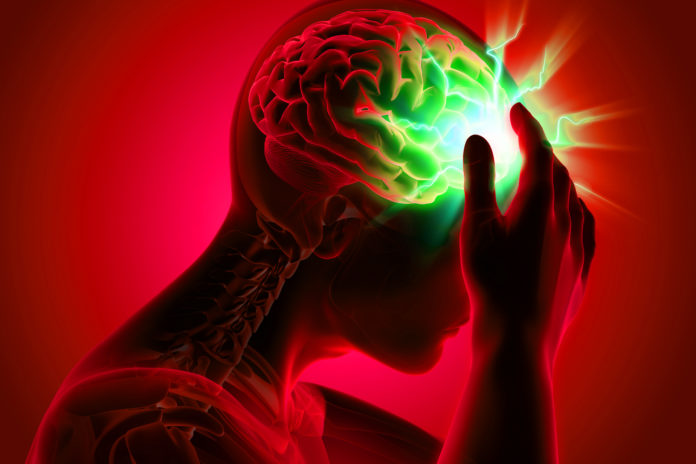
An advanced radiotherapy technique called proton therapy significantly reduces memory impairment in children with brain tumors
A comparison of three types of radiotherapy for children’s brain tumours suggests that a type of proton therapy is the best for preserving memory. The therapy is called pencil beam scanning proton therapy.
This new form of radiotherapy delivers the lowest doses of radiation to the temporal lobes and hippocampus, areas of the brain important in functions like memory showed a study presented at the ESTRO 38 conference.
“Brain tumours are the second most common type of cancer in children. Survival rates have increased in recent decades and currently 75% of children diagnosed with a brain tumour will be alive five years later,” said study author Laura Toussaint, a PhD student at the department of Medical Physics, Aarhus University Hospital, Denmark.
“What we found was that pencil beam scanning proton therapy seems to be by far the best at avoiding parts of the brain that are important in children’s memory. The next step would be to confirm this finding with clinical research in patients.”
“Alongside surgery and chemotherapy, radiotherapy plays an important role in treating brain tumours in children, but we need to protect children’s developing brains from any unnecessary radiation. The more we learn about how to effectively target brain tumours while minimising the dose to other parts of the brain, the better we can preserve children’s cognitive abilities and quality of life after treatment.”
In this study, researchers analysed 30 structures in ten children’s brains including the temporal lobes and hippocampus that have an impact on children’s cognitive outcomes after treatments with each of the three types of advanced radiotherapy: volumetric modulated arc therapy (VMAT), double scattering proton therapy (DSPT) or pencil beam scanning proton therapy (PBS). Each child had been diagnosed with a type of cancer called craniopharyngioma, centrally located in their brain. DSPT and PBS are both types of proton therapy, which research suggests is better at targeting the tumour more precisely while sparing the surrounding tissues. However, they require expensive specific equipment, which is not yet available in all hospital. PBS is an especially precise form of radiotherapy that delivers treatment via a very narrow proton beam.
The researchers used CT and MRI scans to precisely locate the structures in each of the children’s brains, categorising the dose to each structure as high, medium or low.
Results showed that the doses to the temporal lobe were lower with the PBS treatment, compared to both the DSPT and VMAT treatments.
They found, for example, that 41% of the left hippocampus volume was receiving low doses of radiation with the DSPT plans, while being spared with the PBS treatment.
Ms Toussaint said: “We have looked at three types of radiotherapy, which all aim to successfully treat brain tumours while doing as little damage to children’s brains as possible. What we found was that pencil beam scanning proton therapy seems to be by far the best at avoiding parts of the brain that are important in children’s memory. The next step would be to confirm this finding with clinical research in patients.”











